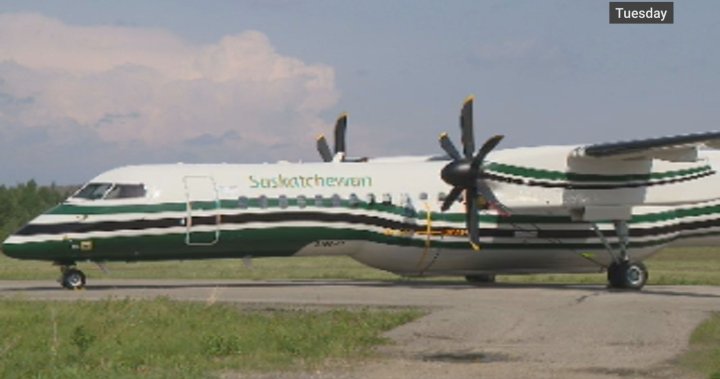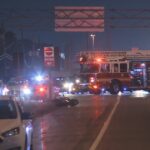In a concerning revelation that strikes at the heart of Saskatchewan’s wildfire preparedness, the provincial NDP has raised alarming questions about the government’s ability to operate its newly acquired water bombers. Despite investing $40 million in crucial aerial firefighting equipment last fall, it appears no pilots have been fully trained to operate these specialized aircraft as wildfire season looms dangerously close.
“The fact that we spent $40 million on water bombers but don’t have a single pilot trained to fly them is deeply troubling,” said NDP MLA Trent Wotherspoon during a heated legislative session on Monday. “Saskatchewan communities deserve better than this level of unpreparedness.”
The aircraft in question—two Canadair CL-215 water bombers—were purchased from the Newfoundland and Labrador government in October 2023, a move that was celebrated as a significant enhancement to the province’s wildfire-fighting capabilities. However, that investment now appears compromised by what critics describe as poor planning and inadequate foresight.
When pressed on the issue, Saskatchewan Party Environment Minister Christine Tell acknowledged the training gap but insisted alternatives were in place. “We’ve secured an agreement with a company that can provide trained pilots while our own personnel undergo necessary training,” Tell explained during Question Period.
This explanation has done little to quell opposition concerns. The NDP argues that reliance on third-party pilots creates vulnerability in emergency response capabilities and represents poor stewardship of taxpayer resources. Saskatchewan faced over 400 wildfires last year, threatening communities and natural resources across the province.
Industry experts note that water bomber pilots require specialized training beyond standard aircraft operation. These aircraft must be flown at extremely low altitudes over challenging terrain, often in poor visibility conditions, while precisely delivering water payloads—skills that take considerable time to develop.
“The specialized nature of water bomber operations means pilots typically need months of training before they’re fully operational,” said aviation safety consultant Michael Burnett, who was not directly involved in the Saskatchewan program. “Starting this process in spring for a summer fire season creates obvious risks.”
The controversy comes amid increasing concerns about climate change intensifying wildfire seasons across Western Canada. Provincial data shows both the frequency and intensity of wildfires have increased substantially over the past decade, making robust emergency response capabilities more crucial than ever.
For northern communities particularly vulnerable to wildfire threats, the training shortfall raises serious questions about protection. Chief Ronald Misponas of Pelican Narrows expressed frustration: “We’re told these new planes will protect us, but what good are they sitting on the ground without pilots? Our people deserve better planning.”
The provincial government maintains that existing aerial resources, including helicopters and other fixed-wing aircraft, remain operational while the water bomber pilot training continues. Officials have also pointed to enhanced ground crews and improved early detection systems as complementary wildfire fighting measures.
However, the opposition remains unconvinced. “This is a pattern of poor planning and mismanagement we’ve seen repeatedly with this government,” Wotherspoon added. “Saskatchewan people expect their government to be prepared for emergencies, not scrambling at the last minute.”
As Saskatchewan approaches what meteorologists predict could be another active wildfire season, one question remains particularly pressing: Can the province afford to have its most powerful firefighting assets grounded by preventable staffing shortages when communities need protection most?
























